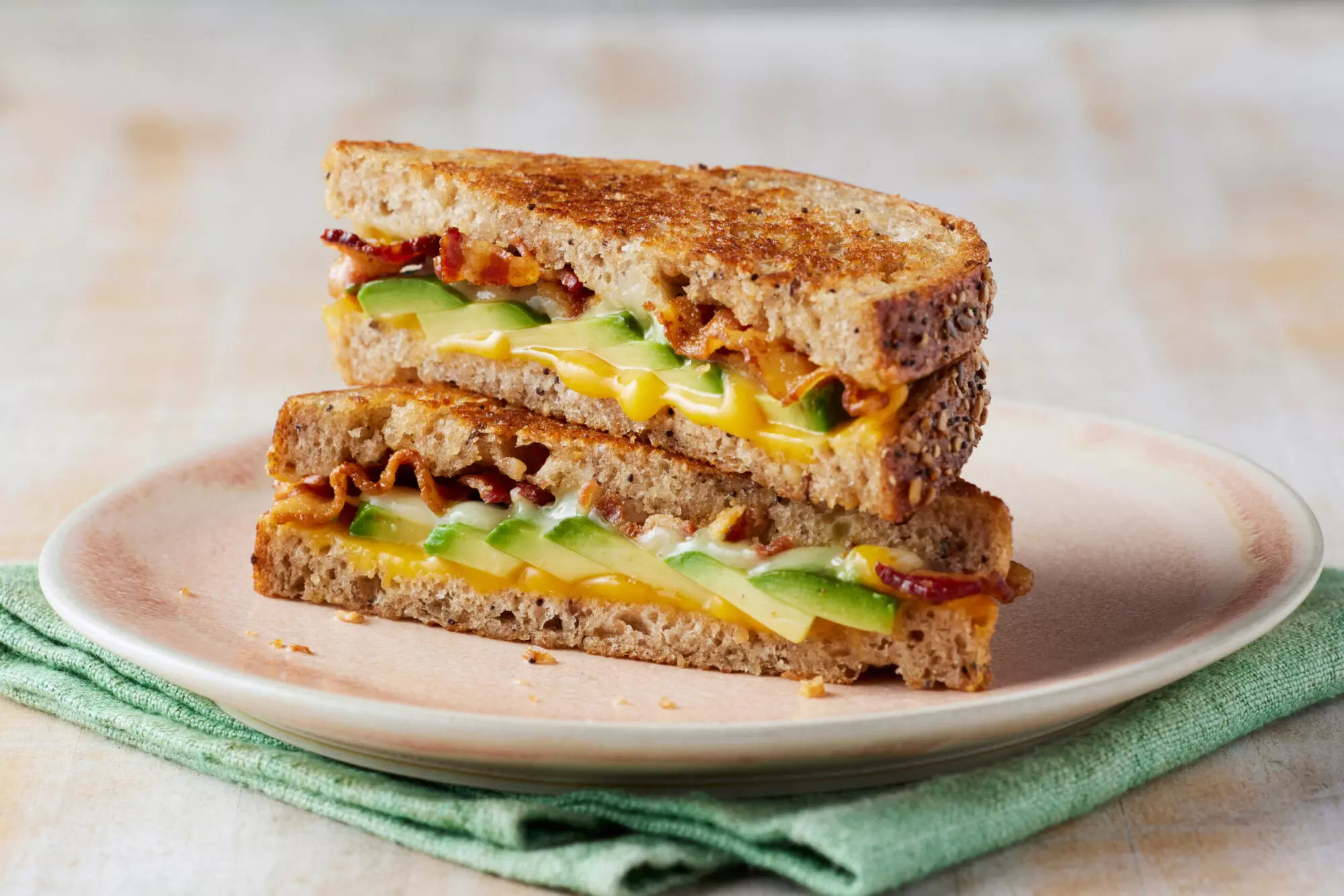World Sandwich Day: Here are some regional variants of sandos that take you to different planet
Across cities, from Irani cafés in Mumbai to college canteens in Chennai, the sandwich has found its own identity
By Anoushka Caroline Williams
Hyderabad: November 3 marks World Sandwich Day, a global celebration of the meal that’s as convenient as it is universal.
From the Earl of Sandwich’s 18th-century invention to modern cafés reinventing it with sourdough and truffle oil, the sandwich has come a long way. In India, it’s not just an imported idea; it’s an adopted habit, adapted with the same imagination that gave us fusion chai, Indian pizza, and masala Maggi.
Across cities, from Irani cafés in Mumbai to college canteens in Chennai, the sandwich has found its own identity. “Bread might have been a British legacy,” says food historian Devika Krishnaswamy, “but what India did with it is pure culinary rebellion. We took something simple and made it dramatic, layered, and deeply personal.”
A Slice of History
Bread entered Indian kitchens through multiple routes, the Portuguese introduced pav (from pão) to Goa and Bombay, while the British popularised sliced bread during the colonial era. The sandwich’s portability and affordability suited India’s growing urban workforce, especially in the railways and textile mills.
By the early 20th century, railway canteens and Irani cafés had made sandwiches commonplace. The railway sandwich, typically buttered brown bread with a spiced vegetable filling, became a symbol of travel and modernity. In post-independence Bombay, it evolved further into the iconic Bombay toastie, stacked with green chutney, potato, tomato, beetroot, and a generous shake of chaat masala.
The Regional Spin
Every city has its own version of the sandwich, adapted to local taste, pace, and produce.
• Mumbai: The triple-decker street toastie with beetroot, potato, and green chutney.
• Delhi: Grilled paneer and spicy chicken sandwiches served from college kiosks to Connaught Place cafés.
• Kolkata: Anglo-Indian sandwiches with mustard-mayo spreads, cucumber, and egg, still reminiscent of club culture.
• Hyderabad: Fusion sandwiches dominate café menus. from chili cheese and tikka paneer to peri-peri mushroom melts.
Chef Anusha Reddy, who runs a popular café in Hyderabad, says, “Sandwiches suit our generation’s rhythm. They’re quick to make, easy to customise, and pair beautifully with coffee. That’s why they’re back in trend.”
Why the Sandwich Works So Well in India
India’s sandwich story isn’t one of imitation; it’s one of transformation. The structure may be Western, but the soul is local.
• Spice: Green chutney, chili flakes, and masala powders.
• Freshness: Tomatoes, cucumbers, onions, and mint.
• Texture: Buttered toast, melted cheese, crisp sev, or roasted paneer.
Nutritionist Sonal Dutt notes, “The sandwich is one of the few foods that can travel between classes and cuisines. It’s healthy if you want it to be, indulgent if you need it to be, and accessible to everyone.”
A Modern Revival
The sandwich is currently enjoying a quiet revival in India’s café scene. Artisanal bakeries now make sourdough and focaccia the new canvas for classic Indian fillings, roasted paneer, sautéed mushrooms, and pickled vegetables. Cafés are experimenting with millet breads, vegan butters, and local cheeses, giving the humble sandwich gourmet status without losing its charm.
Young consumers also prefer the “DIY” element, being able to choose bread, spread, and filling. It’s quick, adaptable, and perfect for an urban lunch that doesn’t compromise on taste.
Recipes
1. Bombay Street-Style Veg Toastie (Egg-Free)
Ingredients:
• 6 slices white or whole-wheat bread
• 3 boiled potatoes (sliced)
• 1 tomato, 1 cucumber, 1 beetroot – all thinly sliced
• 3 tbsp butter
• 3 tbsp green chutney (mint, coriander, lemon juice, salt)
• Chaat masala, to taste
• Grated cheese (optional)
Method:
1. Butter one side of each bread slice and spread chutney evenly.
2. On one slice, layer potato, cucumber, tomato, beetroot, and sprinkle chaat masala.
3. Add a second slice, repeat layers, and top with the third.
4. Toast in a sandwich press or pan till golden and crisp.
5. Cut diagonally and serve with extra chutney or ketchup.
2. Paneer Masala Grilled Sandwich
Ingredients:
• 150 g paneer, crumbled
• 1 onion, finely chopped
• 1 tomato, chopped
• ½ tsp turmeric, ½ tsp garam masala, ½ tsp cumin seeds, salt, chili powder
• 2 tbsp butter
• 4 slices multigrain bread
Method:
1. Heat butter in a pan. Add cumin, then onions and tomatoes. Cook till soft.
2. Add spices and paneer; mix well and sauté for 2–3 minutes.
3. Spread butter on bread, add filling, and grill till golden.
4. Serve with mint chutney or chili ketchup.
Why It Deserves More Credit
Despite being everywhere, the sandwich is rarely given its due in India’s culinary hierarchy. It’s seen as “simple,” but its ability to absorb regional character makes it one of India’s most democratic foods. From a ₹20 toastie on a Mumbai street to a ₹400 truffle melt in a café, it bridges taste, class, and convenience.
Chef Darshan Patel sums it up best: “The sandwich is proof that comfort doesn’t need a recipe, just two slices and imagination.”
So, this Sandwich Day, look beyond the basics. Try your own version, with the spices, herbs, and textures that make your city unique. Because in India, even the simplest things taste better with a story.